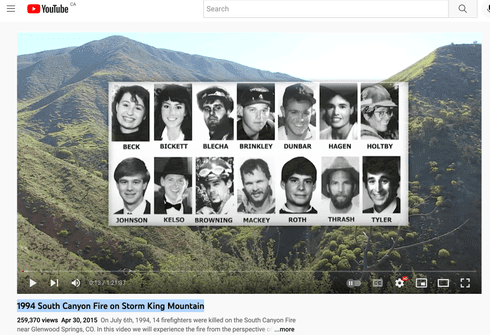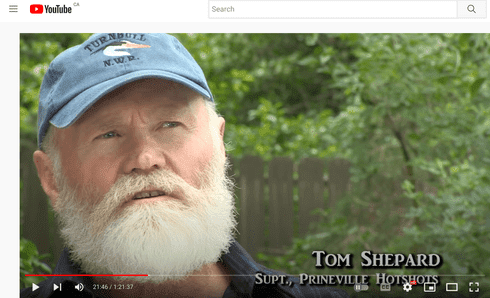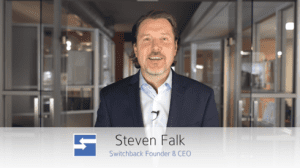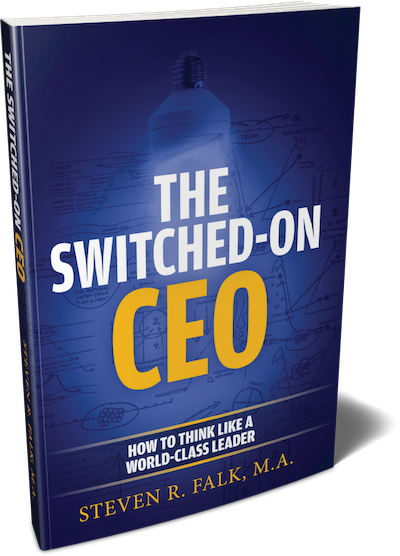EVERYONE HAS A VOICE
“Save a Life”

It is all quiet in my home, Karen’s in town, my parents are off on a two day road trip and I am watching, for the first time, the 2015 documentary of the: 1994 South Canyon Fire on Storm King Mountain.
The narrator starts with, “It has been two decades since the time that the South Canyon fire killed 14 firefighters on the slopes of Storm King Mountain, Colorado.”
The documentary ends with final words by Tom Shepard Supt., Prineville Hotshots…
” It takes 20 people to run a Hotshot crew not just one, it takes 20 and every voice is important. And there could just be something that someone misses along the way that the newest recruit notices and brings to the supervisor’s attention and ends up saving some lives… so that is where I am today, everyone has a voice.”

If you have the time to watch this documentary I highly recommend it. The life lessons tastefully embedded in the script are applicable not only in wildland fire but in our families, communities and in the real world stressful situations that many of us face today.
I have a deep respect for the ever evolving interagency wildfire programs that we have had the opportunity to connect with in Canada, US and Australia.
Here is one of my takeaways from the documentary:
Everyone has a voice. Does this mean hierarchical leadership is over?
Everyone has a voice, could be misappropriated to mean everyone has an equal voice, or every person gets to follow their own voice. I think our brains and our organizations are sophisticated and complex enough to handle two realities at the same time without it causing massive nerological car crashes.
We can and should follow the stated plan, the supervisor in charge and show due respect and deference to those in authority over us, while at the same time stop and listen to the voice of the “new recruit.”
An example is simply illustrated within a family:
1. Children benefit from listening and following the instructions of their parents.
(While at the same time and not weighted greater or lesser than this chain of command is the opportunity for)
2. Parents to collaborate and listen to their children.
3. And children to voice their thoughts.
This is the dynamic tension that great leaders develop. Working within authority structures while listening to the “newest recruits” thoughts is a world class target that I believe is one of my biggest takeaways from the 1994 South Canyon Fire on Storm King Mountain documentary.
Ask yourself the question: Does your leadership philosophy hold Command and Collaborative Leadership in its rightful, dynamic tension or are you are weighted on one side or the other?
When it comes to saving a life I strongly recommend building the skills and brain capacity to work within the tension of both of these leadership styles.
Special thanks today to all those who commit to lacing up their boots and marching into the fire or dispatching 24/7 while the rest of us enjoy the season from a very different vantage point.
Steven Falk

P.S. Don’t forget, People Can Change and The Power of Success is in TEAM

